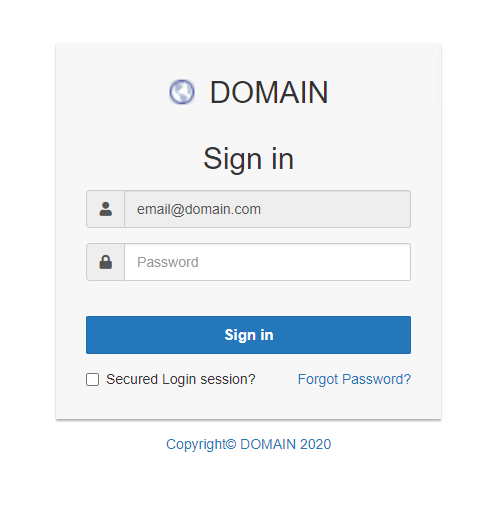When discussing who is trading gold, it involves a range of participants across different sectors and regions.
Central Banks: Many central banks actively trade, hold, or manage gold as part of their foreign exchange reserves. They might buy or sell large amounts to manage national financial stability or inflation.
Institutional Investors: This includes investment firms, hedge funds, mutual funds, and pension funds, which often trade gold to diversify portfolios or hedge against economic instability.
Retail Investors: Individual investors participate in the gold market through physical gold purchases, gold ETFs (Exchange-Traded Funds), or gold mining stocks. The accessibility of online trading platforms has increased retail investor participation.
Gold Producers and Mining Companies: These entities trade gold both as a commodity and a financial asset to manage market exposure, through hedging strategies or selling forward production.
Speculators: These market participants, including proprietary trading firms and day traders, trade gold futures and options to profit from short-term price movements.
Jewelers and Industrial Users: They engage in the market to acquire physical gold for manufacturing and consumer products.
Governments: Some government entities, outside of central banks, engage in buying or selling gold as part of economic strategies.
Brokers and Dealers: Facilitators or middlemen in the market that help execute trades for all of the aforementioned participants by providing necessary market liquidity and infrastructure.
These groups interact within global exchanges such as the London Bullion Market, COMEX (New York), and various local exchanges, each playing pivotal roles based on their individual strategic, financial, and economic objectives.

No responses yet